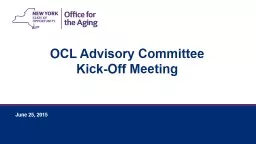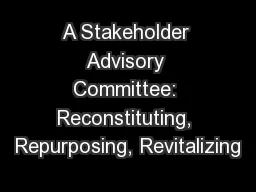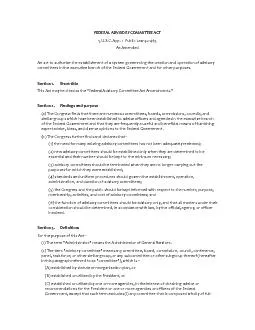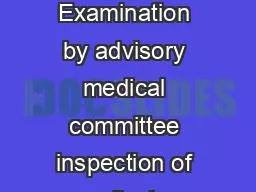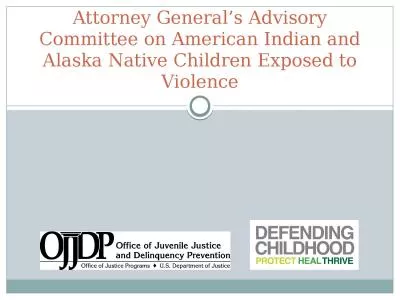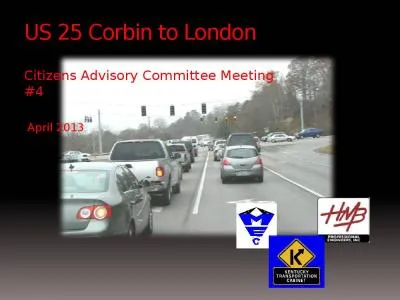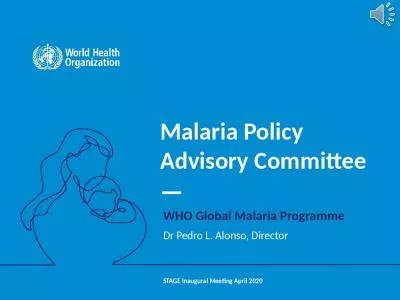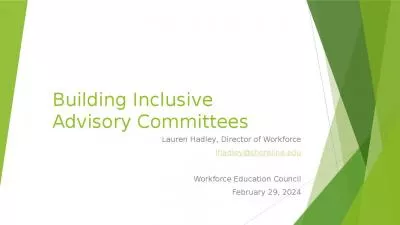PPT-OCL Advisory Committee Kick-Off Meeting Welcome Executive Chamber
Author : myesha-ticknor | Published Date : 2019-10-31
OCL Advisory Committee KickOff Meeting Welcome Executive Chamber Director New York State Office for the Aging Introductions Committee Members Accessibility We want
Presentation Embed Code
Download Presentation
Download Presentation The PPT/PDF document "OCL Advisory Committee Kick-Off Meeting..." is the property of its rightful owner. Permission is granted to download and print the materials on this website for personal, non-commercial use only, and to display it on your personal computer provided you do not modify the materials and that you retain all copyright notices contained in the materials. By downloading content from our website, you accept the terms of this agreement.
OCL Advisory Committee Kick-Off Meeting Welcome Executive Chamber: Transcript
Download Rules Of Document
"OCL Advisory Committee Kick-Off Meeting Welcome Executive Chamber"The content belongs to its owner. You may download and print it for personal use, without modification, and keep all copyright notices. By downloading, you agree to these terms.
Related Documents

